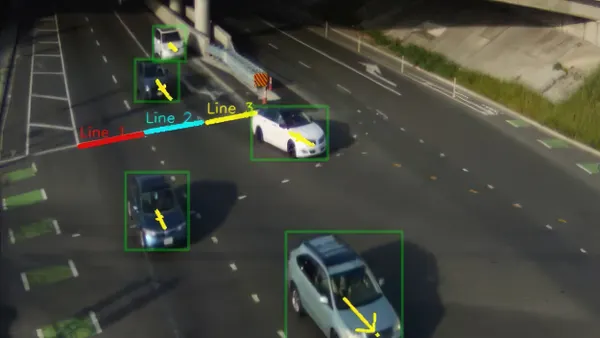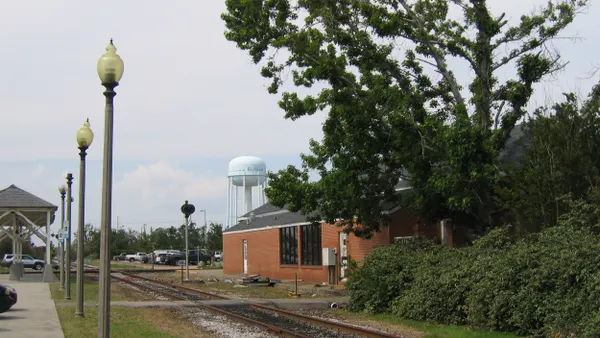The Biden administration wants to push state and local governments to get more serious about cutting emissions from the nation’s most polluting sector: transportation.
The U.S. Department of Transportation announced a proposed rule Thursday that would require states and metropolitan planning organizations to establish targets to reduce greenhouse gas emissions that result from driving on National Highway System roads within their boundaries. State departments of transportation and MPOs would also have to report their progress in meeting those targets every two years.
The emissions targets must decline from a 2021 baseline and must align with the administration’s goal of net-zero emissions by 2050.
“The climate crisis is not coming. It is here now. And this rule will help meet this moment with the urgency needed,” Libero Della Piana from the National Campaign for Transit Justice said in a statement.
The bipartisan infrastructure law is providing $6.4 billion to help states and local governments develop carbon reduction strategies from on-road highway sources.
“States have a critical role to play as we work nationwide to bring down greenhouse gas emissions and slow those impacts,” said Deputy Federal Highway Administrator Stephanie Pollack in a press release. “State laws already require 24 states and the District of Columbia to set targets and track their greenhouse gas emissions and this proposed rule would bring this locally proven approach to scale nationwide.”
The proposed rule comes soon after the U.S. Supreme Court decision in West Virginia v. Environmental Protection Agency restricted the authority of the EPA to regulate greenhouse gas emissions from power plants. Some observers believe this ruling could have wider implications, placing new limits on the regulatory power of federal agencies.
U.S. Sen. Shelley Moore Capito, R-W.Va., noting that this proposed rule was not part of the infrastructure law, said in a statement, “Unfortunately, this action follows a common theme by both DOT and the administration, which is implementing partisan policy priorities they wish had been included in the bipartisan bill that the president signed into law.”
The bipartisan infrastructure law makes available more than $27 billion in federal funding to help state DOTs and MPOs meet their declining GHG targets. The announcement highlighted several other related carve-outs in the infrastructure law, including:
- $7.2 billion for the Transportation Alternatives Set-Aside “that can help state and local governments carry out environmentally friendly pedestrian and bicycle infrastructure projects.”
- $250 million in competitive funding for the Congestion Relief Program “to advance innovative, multimodal solutions to reduce congestion and related economic and environmental costs in the most congested metropolitan areas of the U.S.”
- $69 million for a Transit Oriented Development Program that “provides funding to local communities to integrate land use and transportation planning with new fixed guideway or core capacity transit capital investment projects.”











